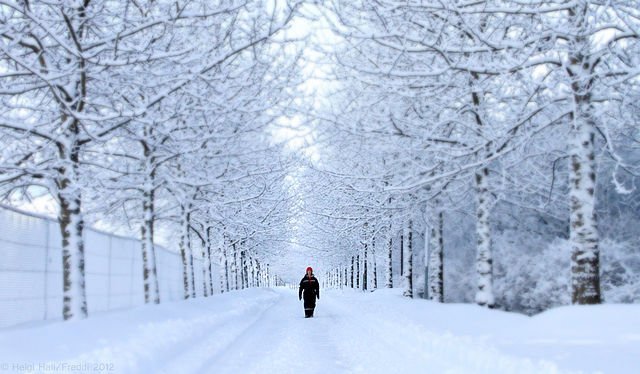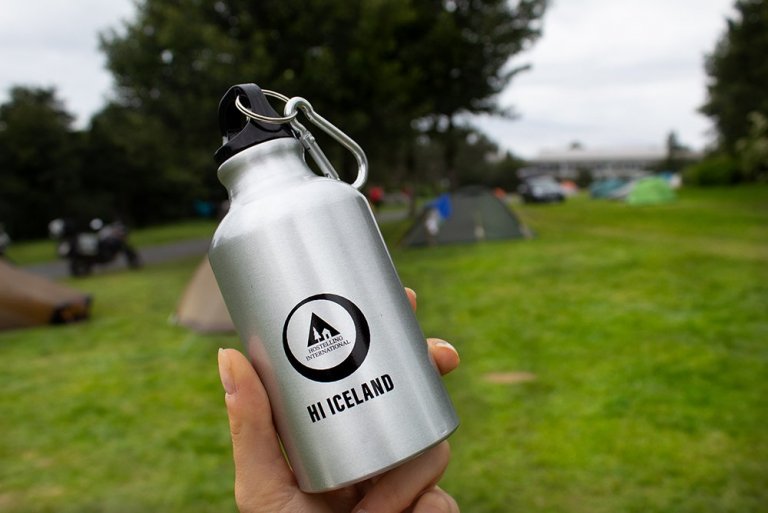November is a wonderful time to visit Iceland. From the northern lights to ice caves, there’s plenty of activities to keep you busy. Rug yourself up and start planning, as we’ve rounded up the 15 best things to do in Iceland during November.
Don’t be put off by the impending winter – November is a wonderful time to visit Iceland. From the northern lights to ice caves, there’s plenty of activities to keep you busy. Read on to find out what exactly you should do in Iceland during November.
As the days grow darker and winter quickly draws in over the volcanic landscapes, Iceland undergoes one of the most dramatic changes of the year. November is an exciting time to visit the country, as the winter-only activities begin again, and the hordes of summer visitors have disappeared. The weather during November is at its moodiest; early snows threaten the country, only to be swept away by fierce winds and bouts of sunshine. Rug yourself up and start planning, as we’ve rounded up the 15 best things to do in Iceland during November.
1. Watch the Northern Lights
November is one of the best times to see the northern lights. Seeing this magical display of nature dance across the Icelandic skies is something that’s impossible to forget. A sighting of the northern lights can come in many forms: one night could see the entire sky lit up in a vivid display of green daggers puncturing the sky, quickly moving from one end of the horizon to the other; at other times it might start as a faint glow, slowly evolving into a large smear of green light across the sky, weaving back and forth in a hypnotic dance. November comes with plenty of opportunities to see this magical phenomenon across the entire country - no matter where you are, all you need are clear skies, patience, and a touch of luck. Keep an eye on the northern lights forecast as well.
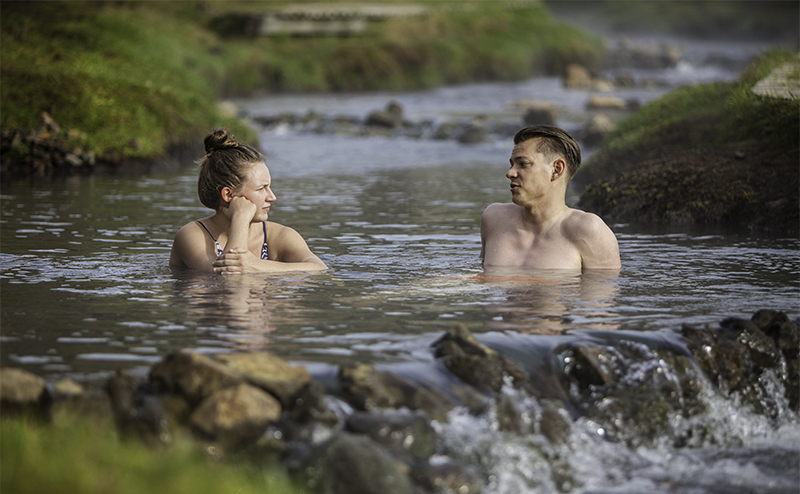
2. Soak in a Geothermal Hot Spring
Why not wait for those northern lights to show up while soaking in a bubbling hot pot out in the middle of nature? Thanks to its position straddling both the Eurasian and North American tectonic plates, and the presence of a hot spot in the Earth’s mantle directly beneath it, Iceland enjoys a wealth of steaming natural hot springs. The best time to enjoy them is during the colder months, when a brisk wind blows down from the mountains or as the first snow of the season silently drifts down from the sky. You’ll find all kinds of swimming spots in the country; natural hot pots, man-made pools fed by nearby springs, and town swimming pools.
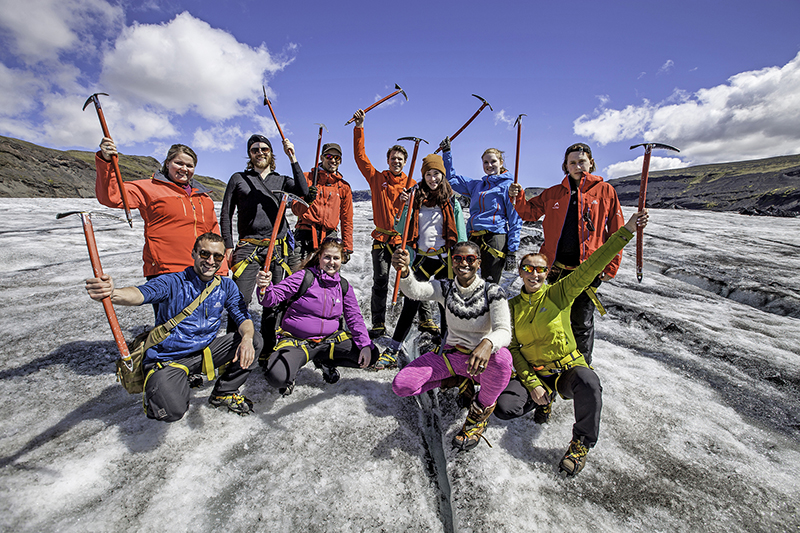
3. Hike Across a Glacier
Exploring one of the country’s many ice caps should be high on the list of things to do for visitors at any time of the year. These are the relics of an ancient time, responsible for shaping the gorgeous valleys, canyons and riverbeds across Iceland. Glacial hiking is the best way to experience these silent giants; as you slowly trek across on foot, you’ll be humbled at the sheer size and depth of Iceland’s glaciers, and gain a new found respect for the earliest Icelanders who had to contend with these behemoths to survive.
4. Delve Into an Ice Cave
Even more adventure awaits underneath the glaciers. With the icy winter slowly drawing in over the country, the rivers that normally flow out from underneath freeze over, forming natural ice caves fit for exploring. As the beginning of each season, expert tour guides strike out onto the massive ice caps to check whether the ice caves from previous seasons are still accessible, and if there are any new ones. Delving into the electric-blue caves are an adventurer’s dream: the eerie atmosphere inside is enhanced by the pock-marked ice, silent drips of water from further underneath, the slow creaking of moving ice and streaks of black ash encased in the walls from previous volcanic eruptions. Vatnajökull has the highest concentration of ice caves, while the Katla ice cave near Vík is open year-round.
Never venture onto the glaciers or into ice caves without an experienced guide. You can browse our tours here.
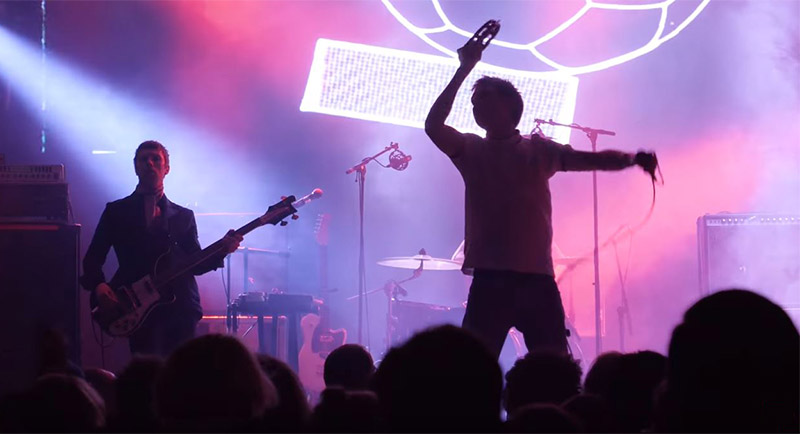
5. Enjoy some Live Music at Iceland Airwaves
Every year in November hundreds of artists and music-lovers descend on Reykjavik for the famous Iceland Airwaves music festival. The entire city buzzes with life during this time, with bars, restaurants and concert halls across the capital transforming into festival venues to host the eclectic mix of artists from Iceland and abroad. Even without a ticket, there’s plenty to enjoy. Specific places in the city are designated as off-venue, which means you can enter them without a wristband to enjoy some free live music. Check out the official Iceland Airwaves website for more details, the official line-up, and list of venues.
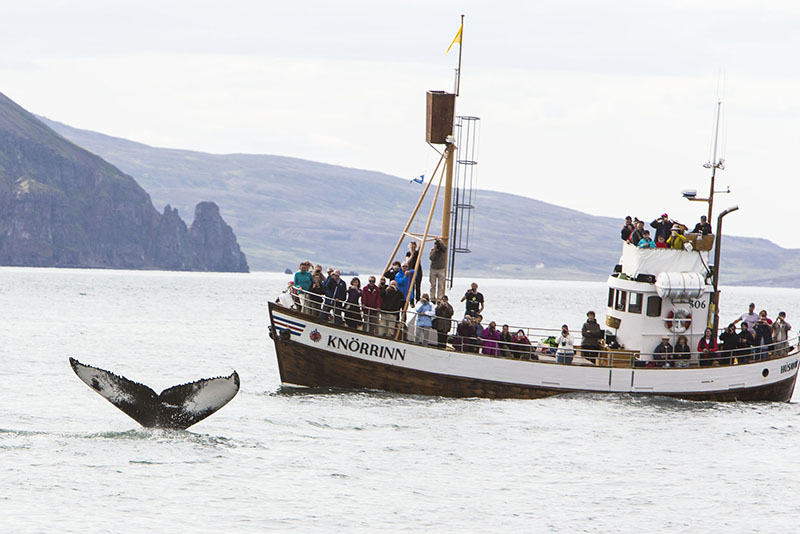
6. Find Your Sea Legs on a Whale Watching Trip
Many are surprised to discover that whale watching in Iceland is a year-round activity. The icy waters surrounding the country holds a wealth of life, and while many whales do migrate away to warmer climes after the summer ends, plenty of others remain, giving you the opportunity to sight them in their natural habitat. All tours leave with the welfare of the whales in mind – you’ll never get so close as to disturb them. The most popular ports to leave from during November are Reykjavík, Akureyri and Húsavík. It’s completely safe, and the chances of seeing a whale on your trip are quite high.
7. Visit the Sights Along Iceland’s Golden Circle
The most popular day tour from Reykjavík, travelling through the Golden Circle region is a must for first timers to the country. In November, you’ll get to enjoy the sights without the crowds as it’s well after the summer visitors have left and right before the Christmas rush. Begin by exploring the trails through the historic Thingvellir National Park before heading towards the erupting geysir inside the Haukadalur geothermal area. The final stop on the route is the thunderous waterfall at the edge of the highland shelf, Gullfoss, one of the country’s most treasured landmarks. After the trip, take some much-needed time to recharge at the Secret Lagoon hot spring in Flúðir, the perfect way to cap off a visit in the region. If you’re not looking to drive it yourself, day trips are available that take in all the sights.
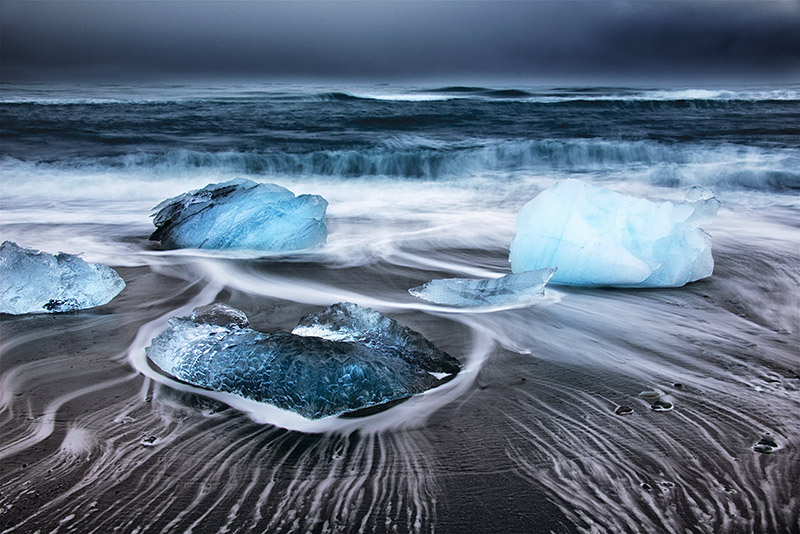
8. Road Trip to the Jökulsárlón Glacier Lagoon and Diamond Beach
Stand in awe as you watch large chunks of glacial ice floating around the expansive Jökulsárlón Glacier Lagoon, located at the base of Europe’s largest glacier, Vatnajökull. One of the best sights in all of Iceland, those that visit in November will find the area pleasantly quiet and uncrowded. Seals bob up and down in the waters, and boat tours head out into the lagoon to take you up close and personal with the large chunks of ice. Don’t forget to visit Diamond Beach across the road, where waves wash glacial chunks onto the black sand, stranding them to slowly melt into all kinds of interesting shapes and sizes. To get there, just follow the ring road towards the southeast corner of the country – it’s about a 5-6-hour drive straight from Reykjavik.
9. Go Dog Sledding
Dog sledding in Iceland is a fun way to get out into the countryside whilst also enjoying the company of a friendly and playful team of dogs. Although the practice is more well-known in other Nordic countries, Iceland has recently adopted it as their own, with tour companies cropping up across the country. The best thing is that it’s available year-round; if there’s no snow on the ground yet, wheels will be fitted onto the sleds so that you can roll through the volcanic landscapes and admire them in any season. Dog sledding is available both near Reykjavik, and in the north in Akureyri.
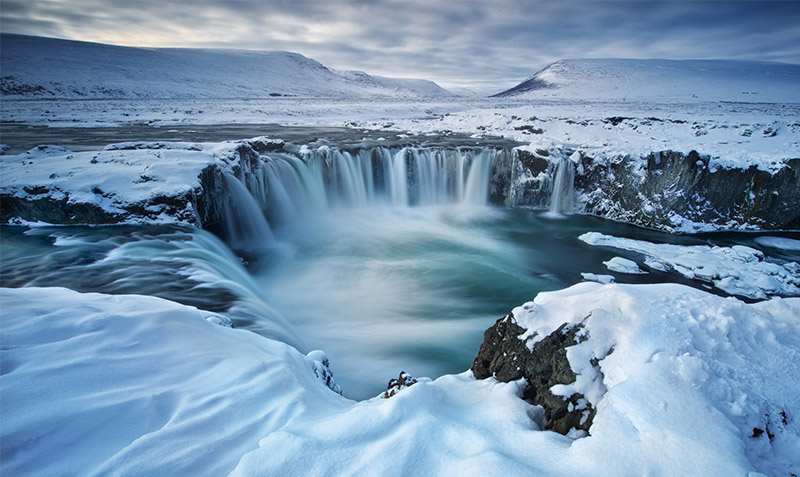
10. Hunt Down Some Waterfalls
Iceland is home to over a hundred waterfalls, crashing and churning down the many rivers and streams across the country. The most famous waterfalls in the country are big stops when touring around the country, but there are just as many smaller unnamed waterfalls that you’ll stumble across unexpectedly on a hike, or when driving down an overlooked road. November is the last chance to see some waterfalls around the country at full power before they freeze over for the winter. Remember to always stick to the trails to avoid damaging any of the precious nature on show.
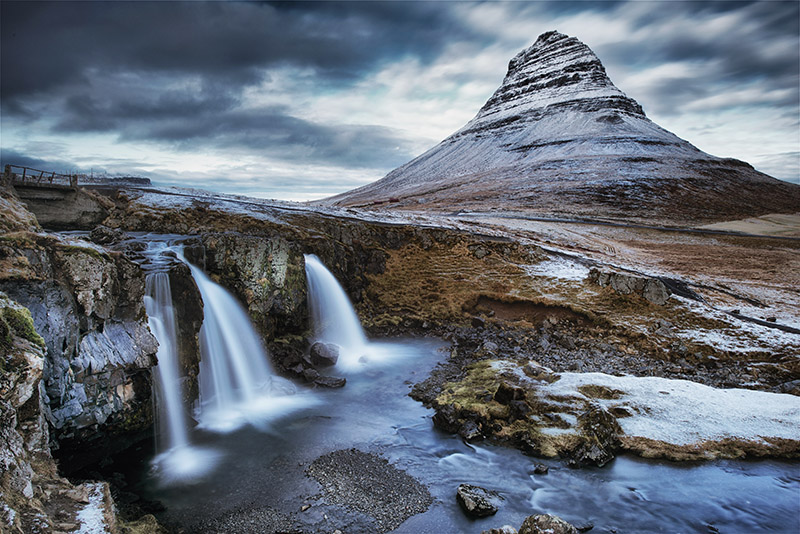
11. Tour the Snæfellsnes Peninsula
The long arm of the Snæfellsnes Peninsula stretches out into the ocean just north of Reykjavík. On the peninsula you’ll find everything that you can around the rest of the country: chaotic lava fields, waterfalls, hot springs, black sand beaches – it even has its very own volcano hidden beneath the glacier, Snæfellsjökull. Visitors will immediately recognize Kirkjufell on the northern coast, the most photographed mountain in the country just outside of the town of Grundarfjörður and shooting location for TV series Game of Thrones. There’s a lot to see here - the entire region is best explored on a self-drive holiday over a couple of days.
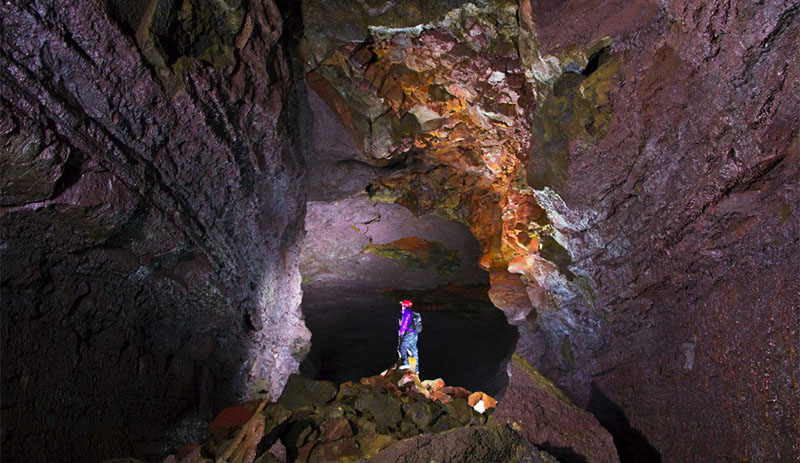
12. Explore the Icelandic Lava Tubes
Thanks to all the volcanic eruptions in Iceland over the years, there are plenty of chances to explore lava tubes on a visit to the country. Hollowed out by flowing lava encased in an already hardened shell, these caves scattered across the country offer a fascinating look into the science of volcanoes and lava flows. Cavernous spaces underground, it’s a surreal experience to delve inside one. Iceland is also the only place in the world where you can visit inside of a dormant volcano: Thrihnukagigur is 30-minutes’ drive southeast of Reykjavik, offering one of the most unique and unforgettable experiences in the country.
13. Day Trip Along the South Coast
The south coast of Iceland is a region filled with black sand beaches, powerful waterfalls, icy glaciers and the country’s most powerful volcanoes. Lush and green in the summer, when October and November blows in the countryside undergoes a dramatic change. Autumn colours blaze, and the moody weather makes the sights even more powerful. Hemmed in on one side by the uninhabited highlands of the country and the North Atlantic on the other, day trips along the south coast quickly reveal why this is one of Iceland’s most popular destinations. Don’t miss out on this wonderful region – book your day-trip now.
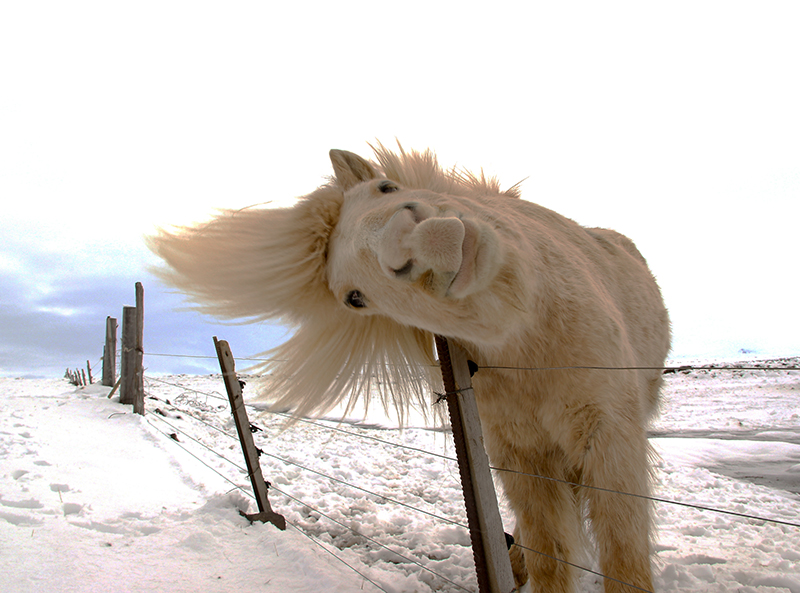
14. Ride an Icelandic Horse
The Icelandic horses are a favourite amongst visitors to the country. Their inquisitive and friendly nature makes them a pleasure to meet and riding them through the countryside channels an Iceland of old. These horses have been bred in the volcanic landscapes of Iceland for over 1000 years and are as much a part of the landscape as the volcanoes and glaciers that have shaped it, the early settlers using them as the main form of transport around the country. Today, horse riding is available throughout the year, taking you through lava fields, past steaming geothermal areas, and up valleys towards the beginnings of the mountains and glaciers.
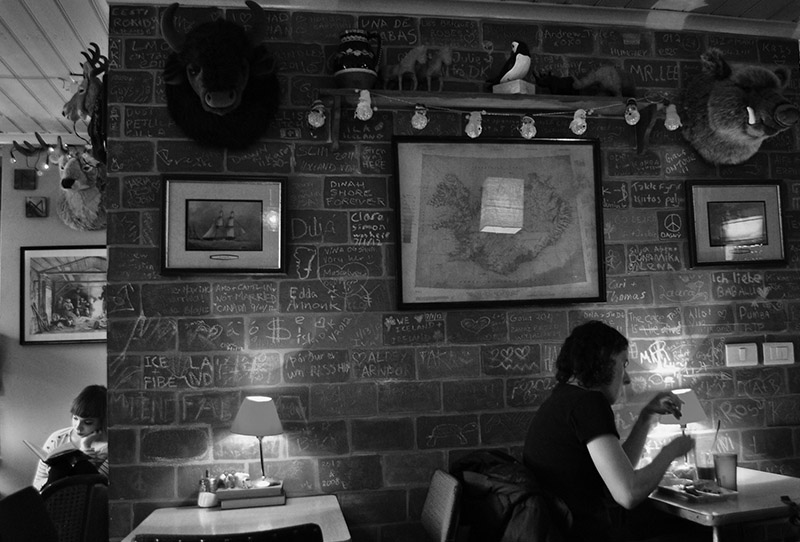
15. Enjoy the Café Culture in Reykjavík
Winter in Iceland is a special time. As the rain turns to sleet and snow, the biting Arctic winds beginning to howl, Icelanders like to get nice and cosy inside their favourite cafés around Reykjavik. Despite the longer dark hours, Reykjavik shines; Christmas lights begin to twinkle, and a festive atmosphere descends on the city as locals get their shopping done for the holiday season, enjoy the year’s selection of Christmas beers and ales, and dive into the latest book releases. Curling up in a cosy armchair to watch the weather turn outside, coffee and cake at hand, is one of the best ways to spend some time in Iceland’s colourful capital during November.
 James Taylor is a travel journalist from Australia who lived in Iceland for three years.
James Taylor is a travel journalist from Australia who lived in Iceland for three years.
Falling in love with the country, he began to write about his travels for magazines and websites in Australia, Europe and the U.S.A.
